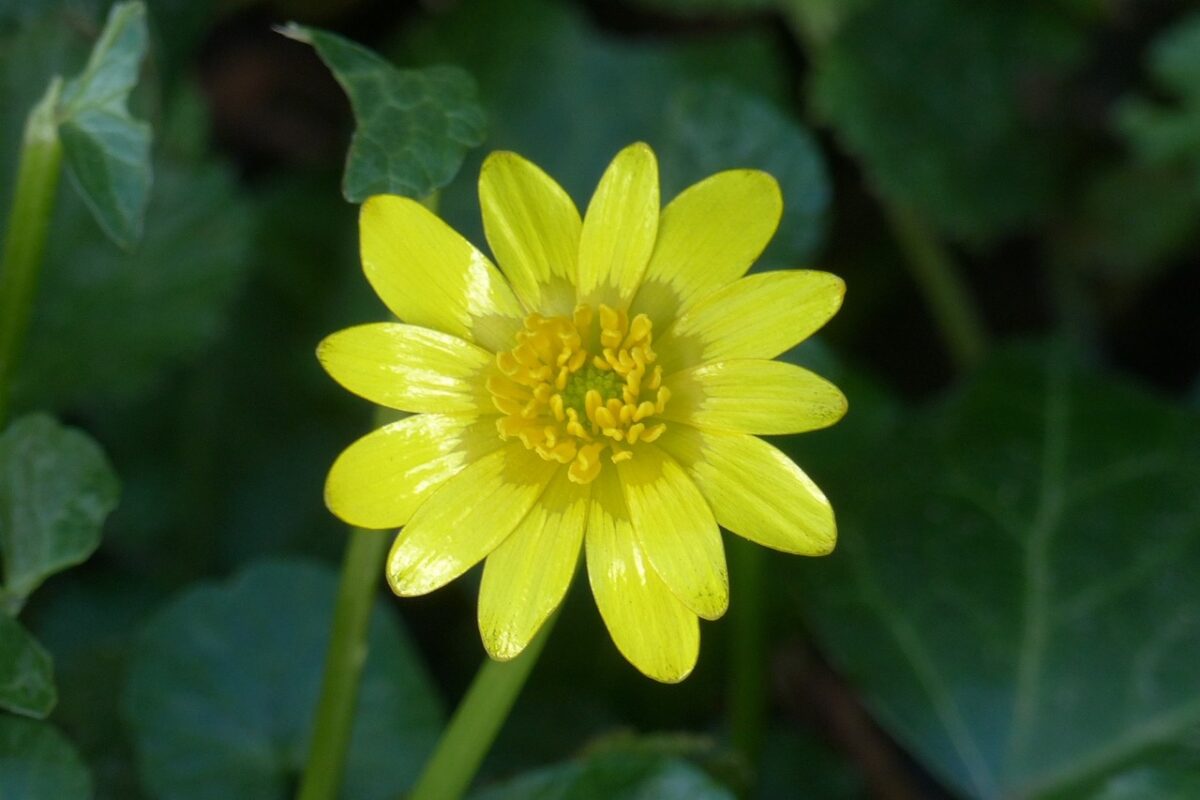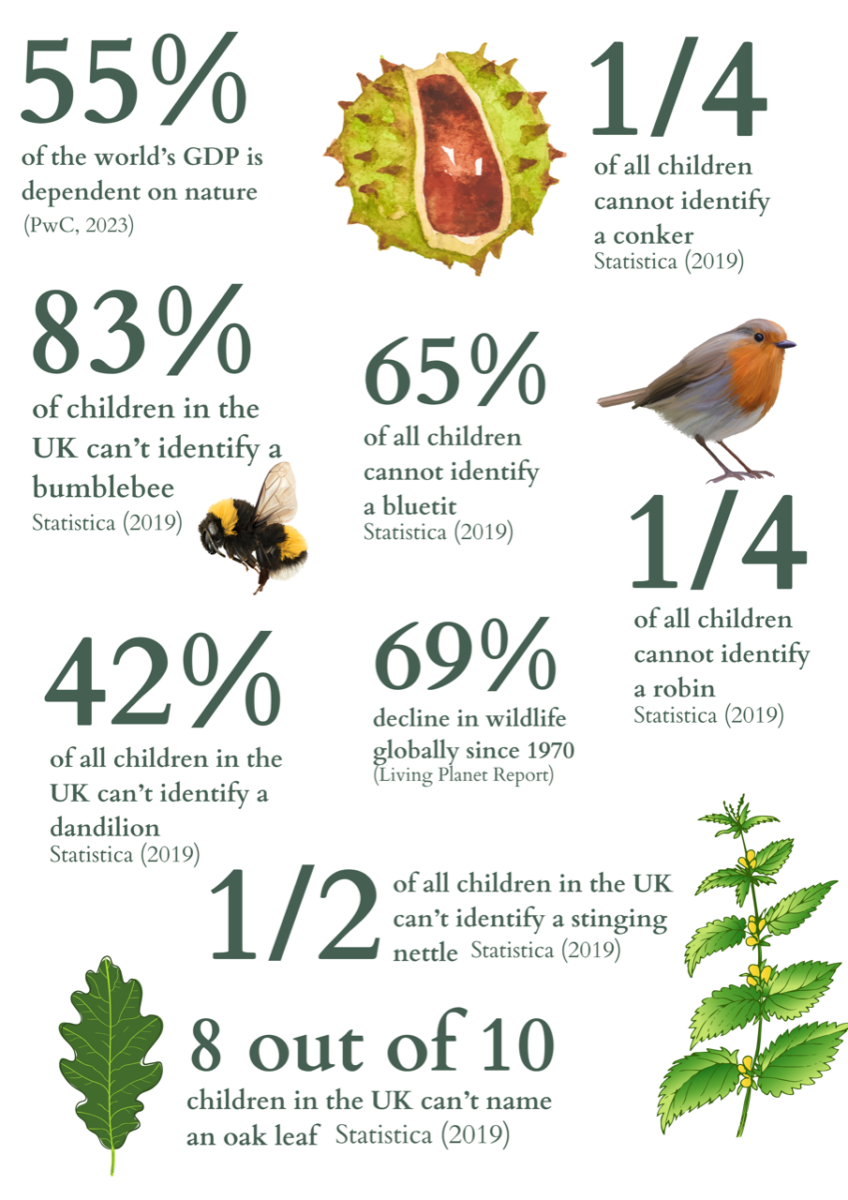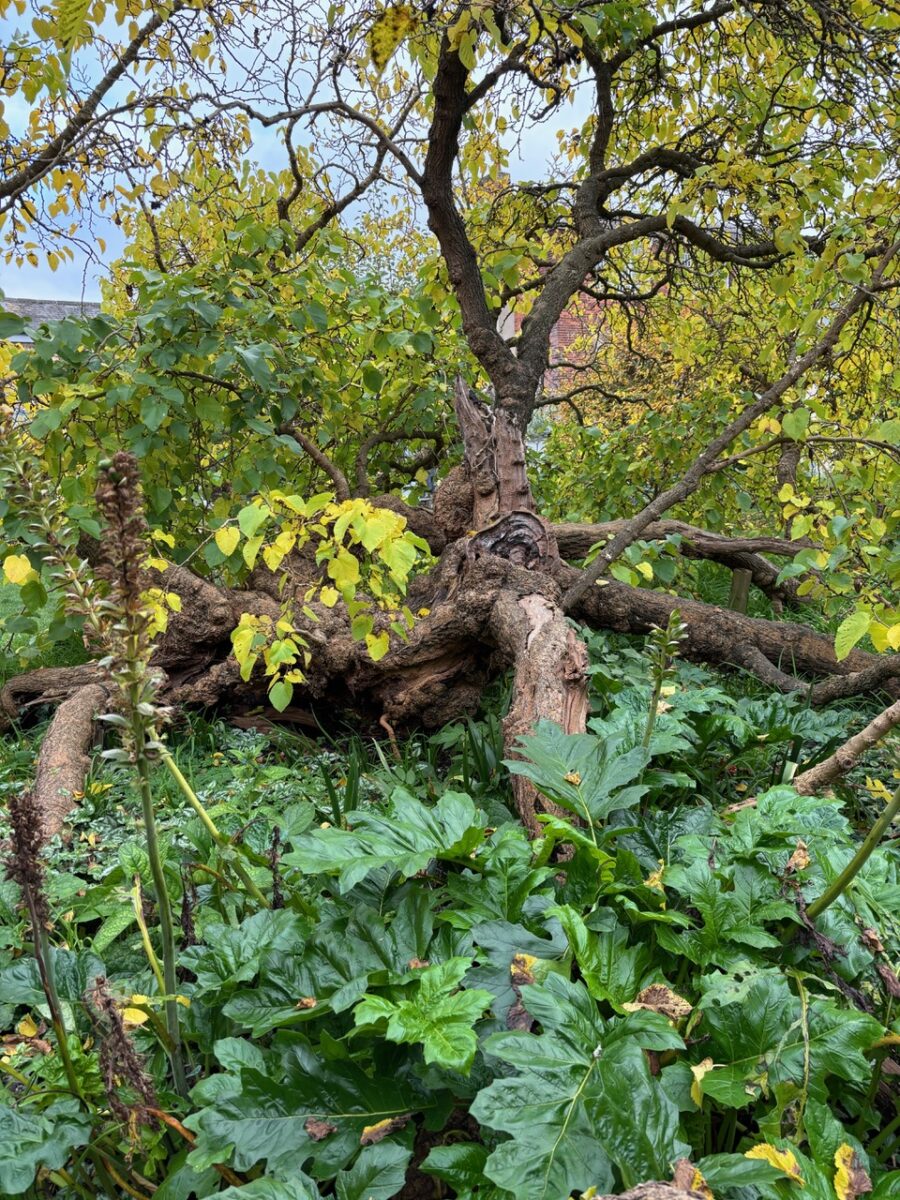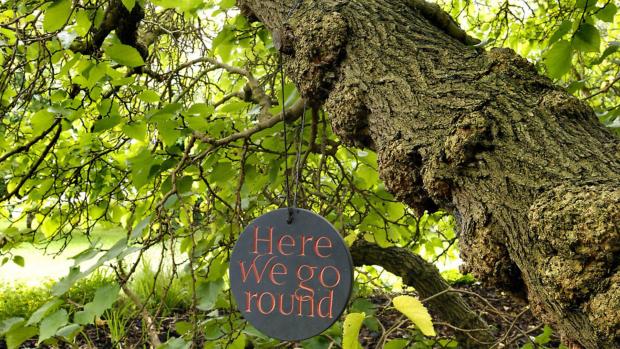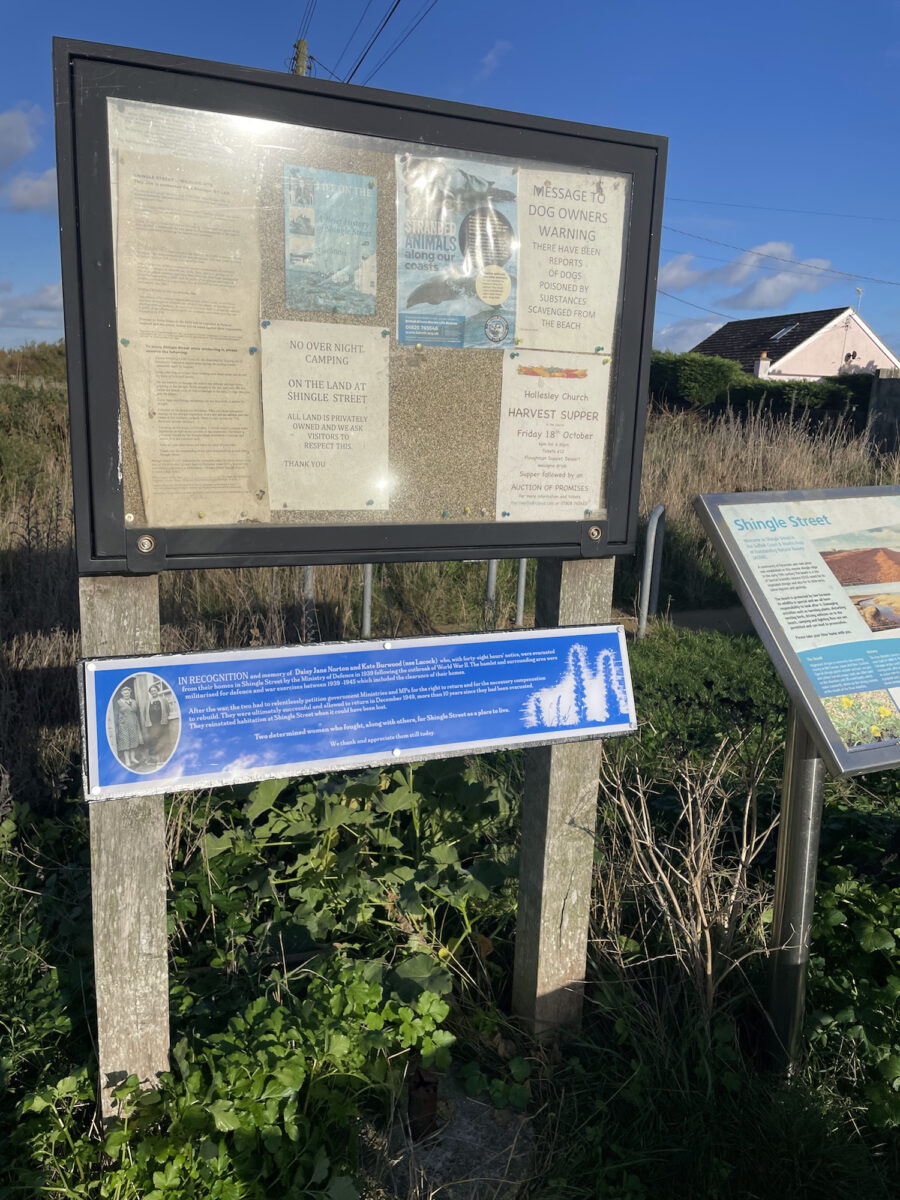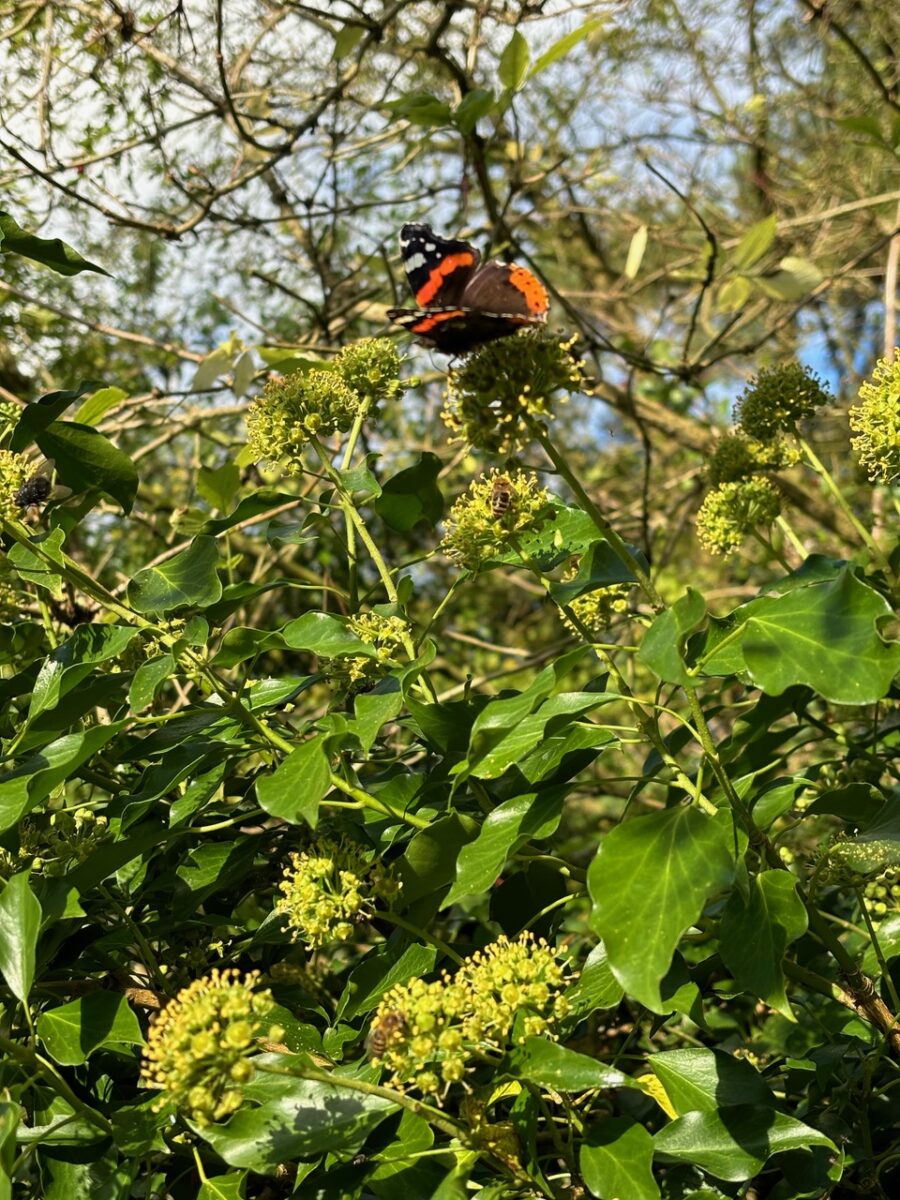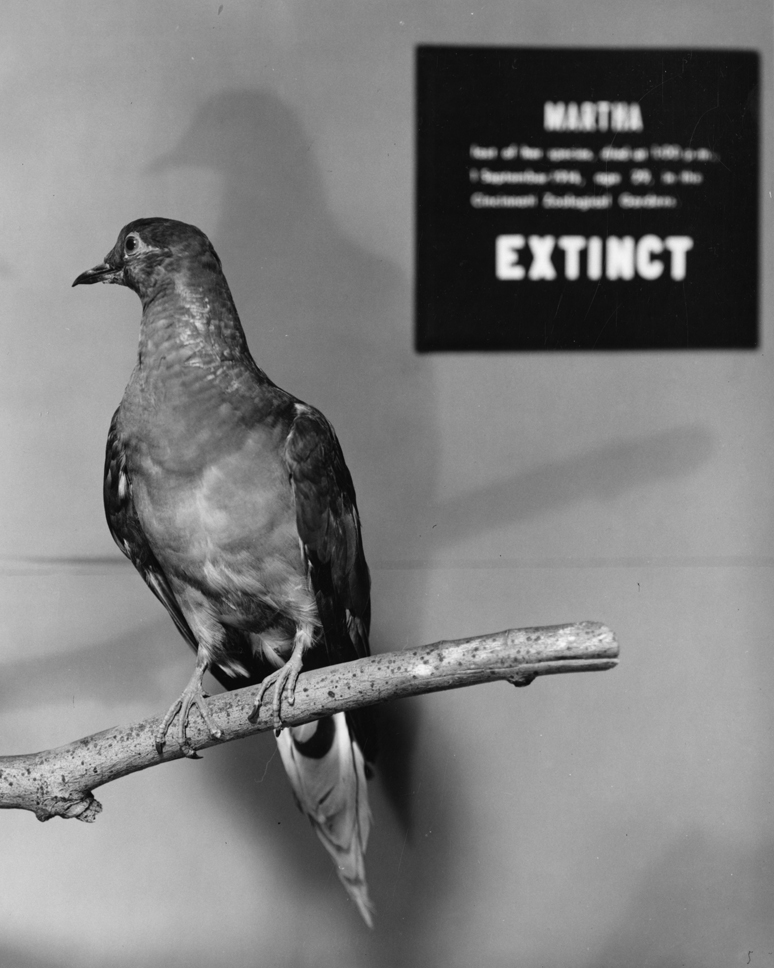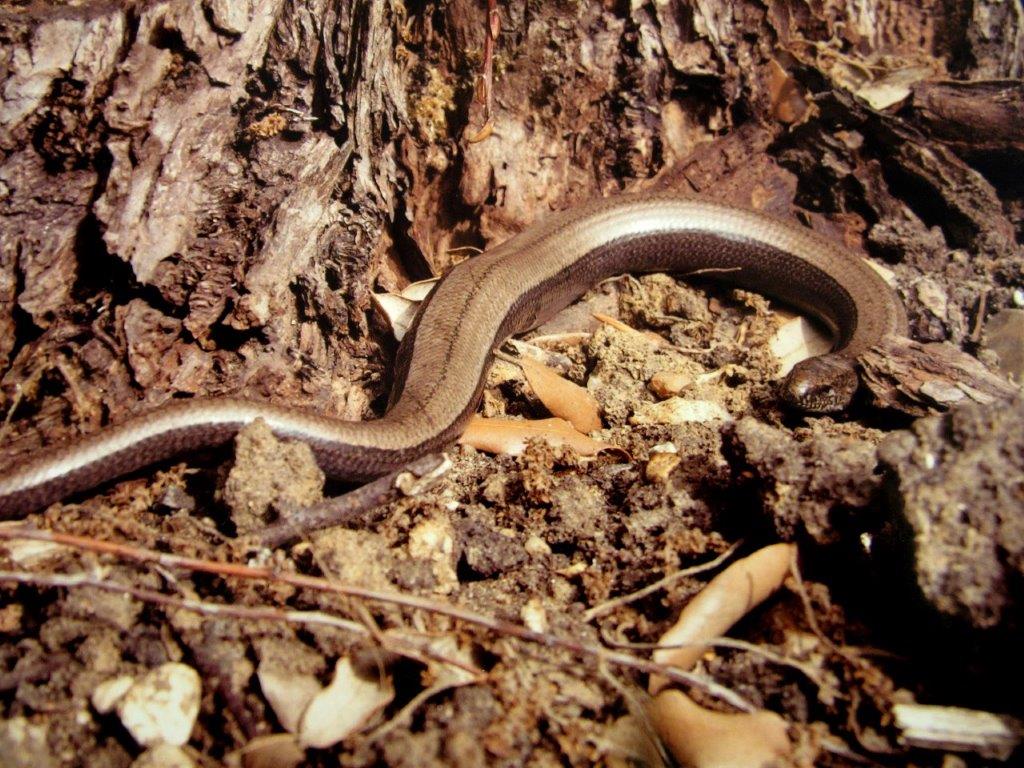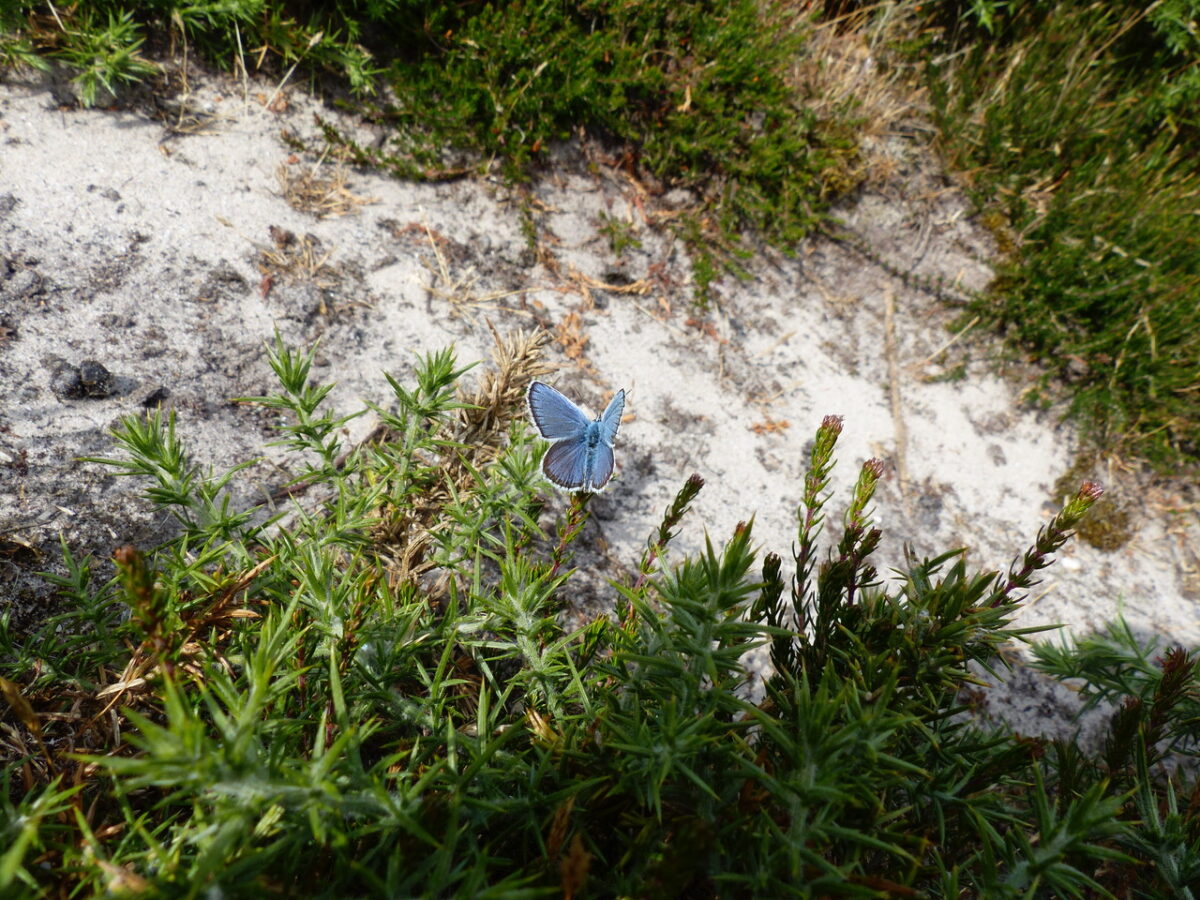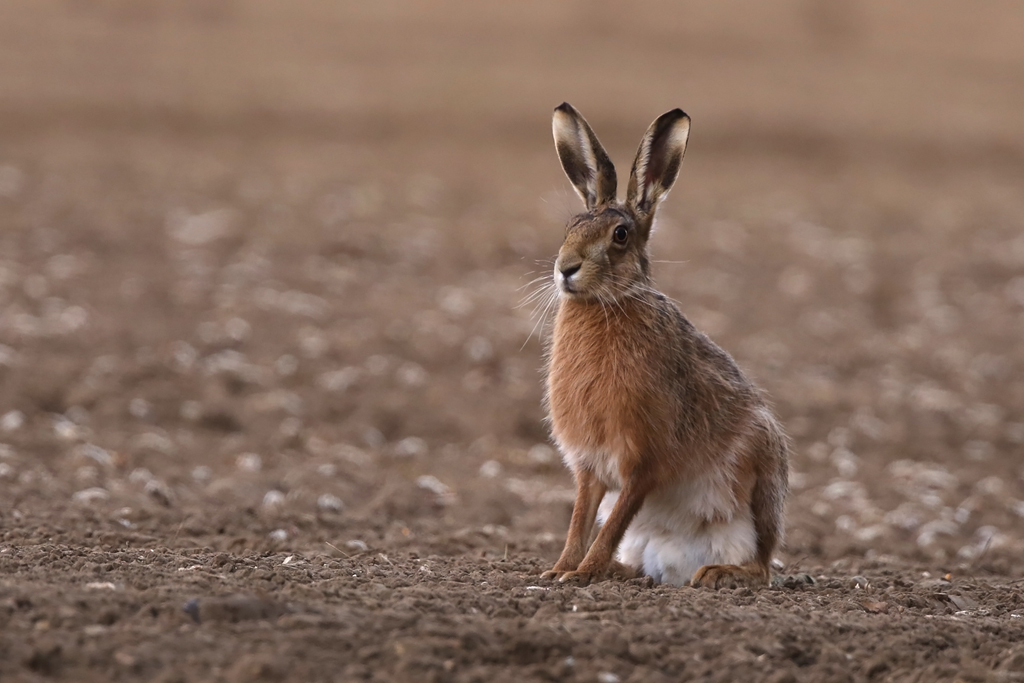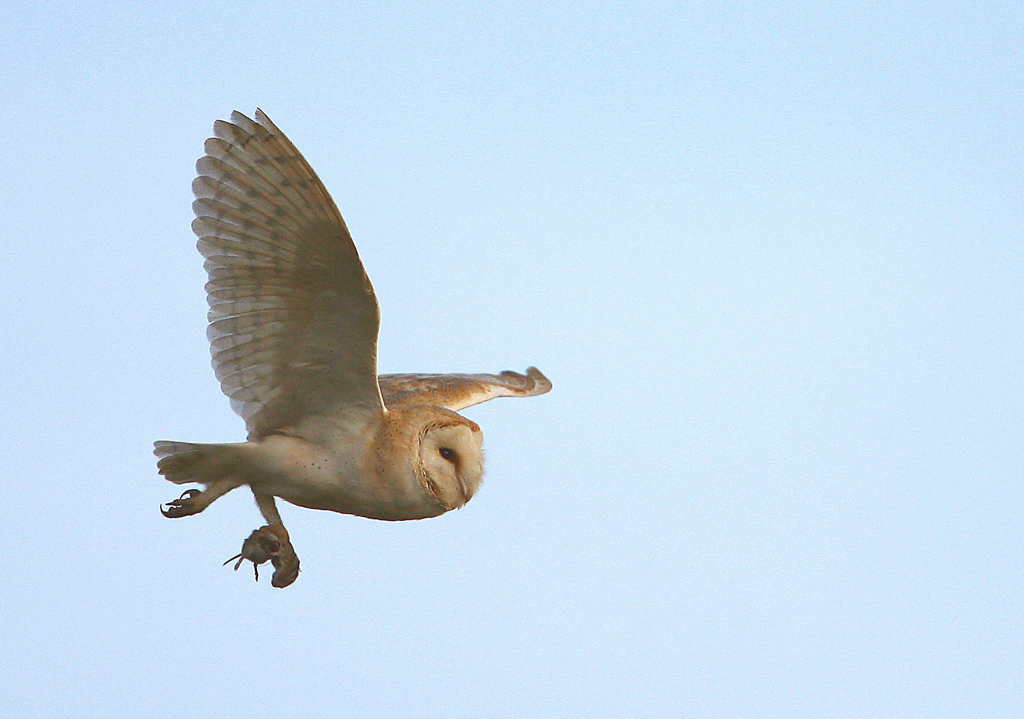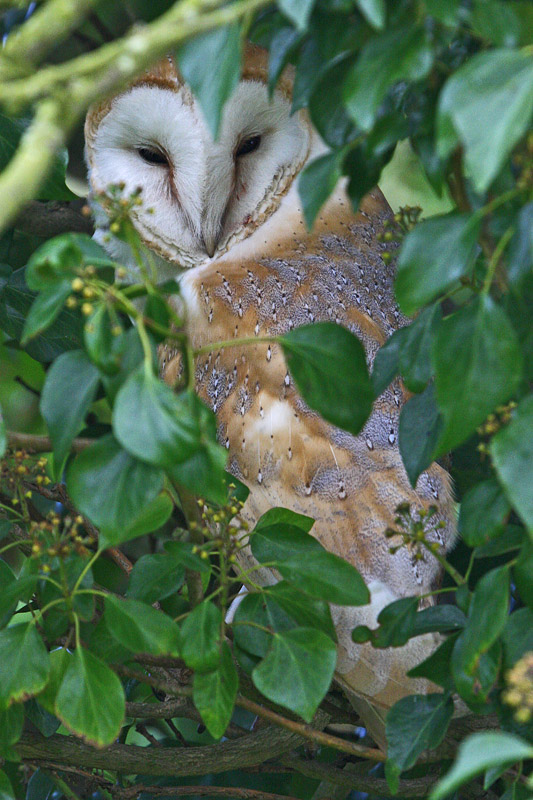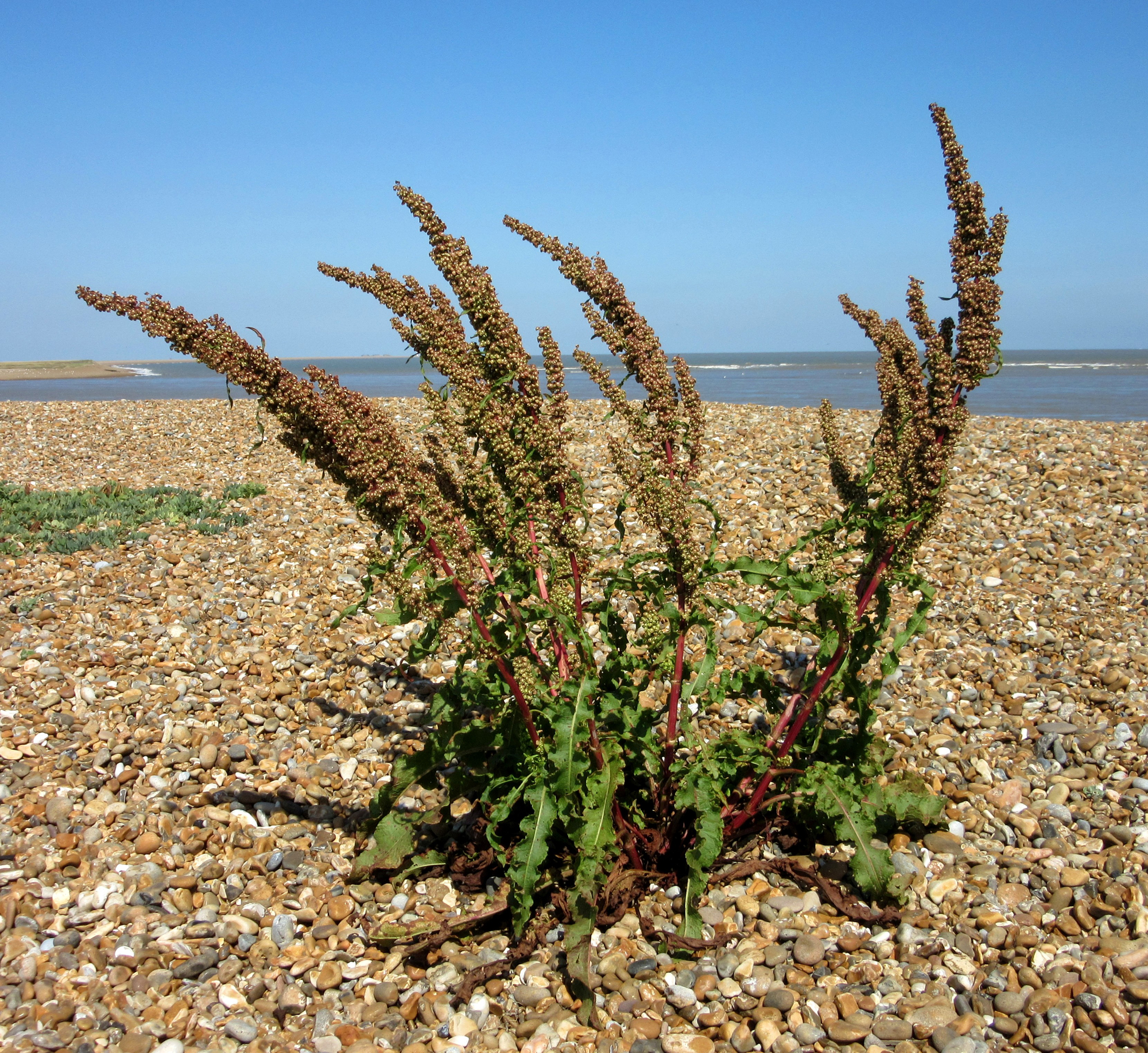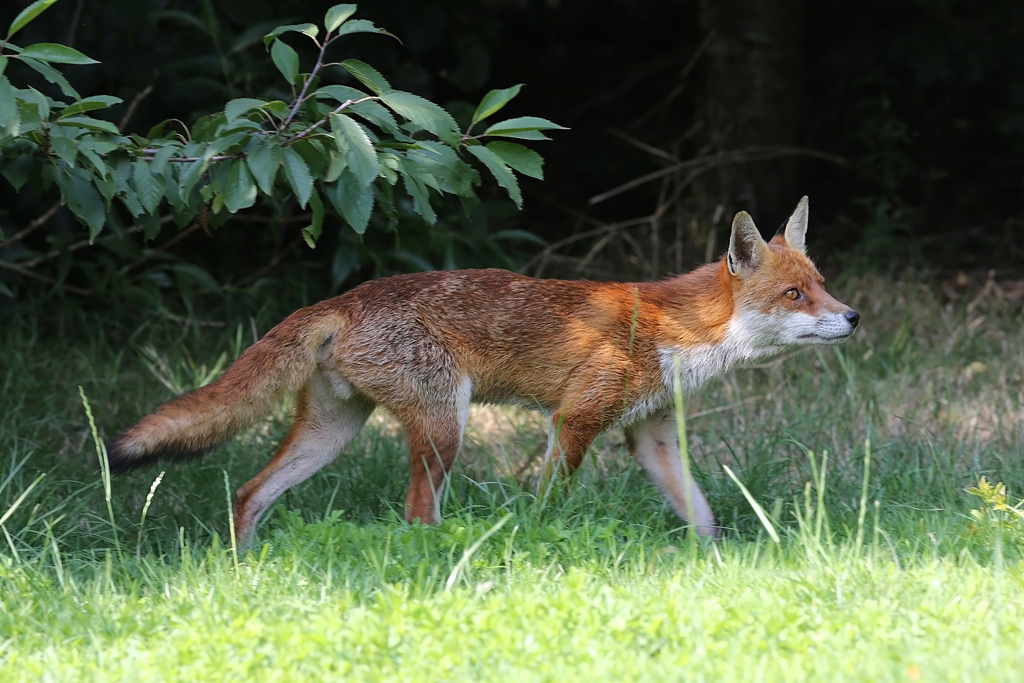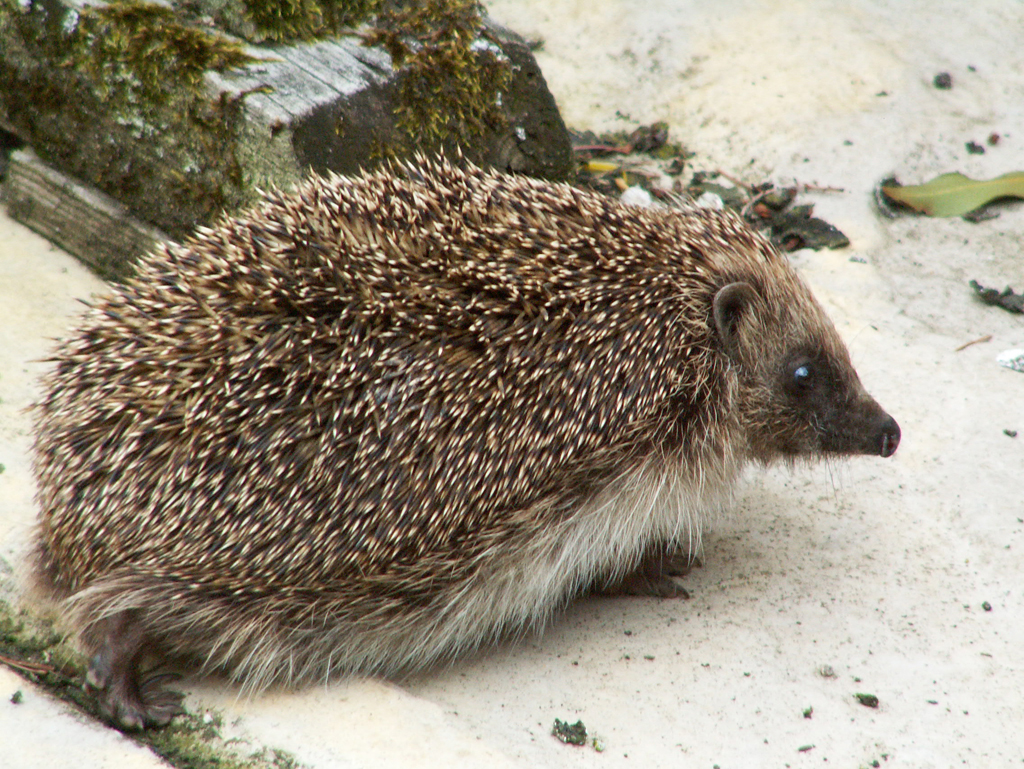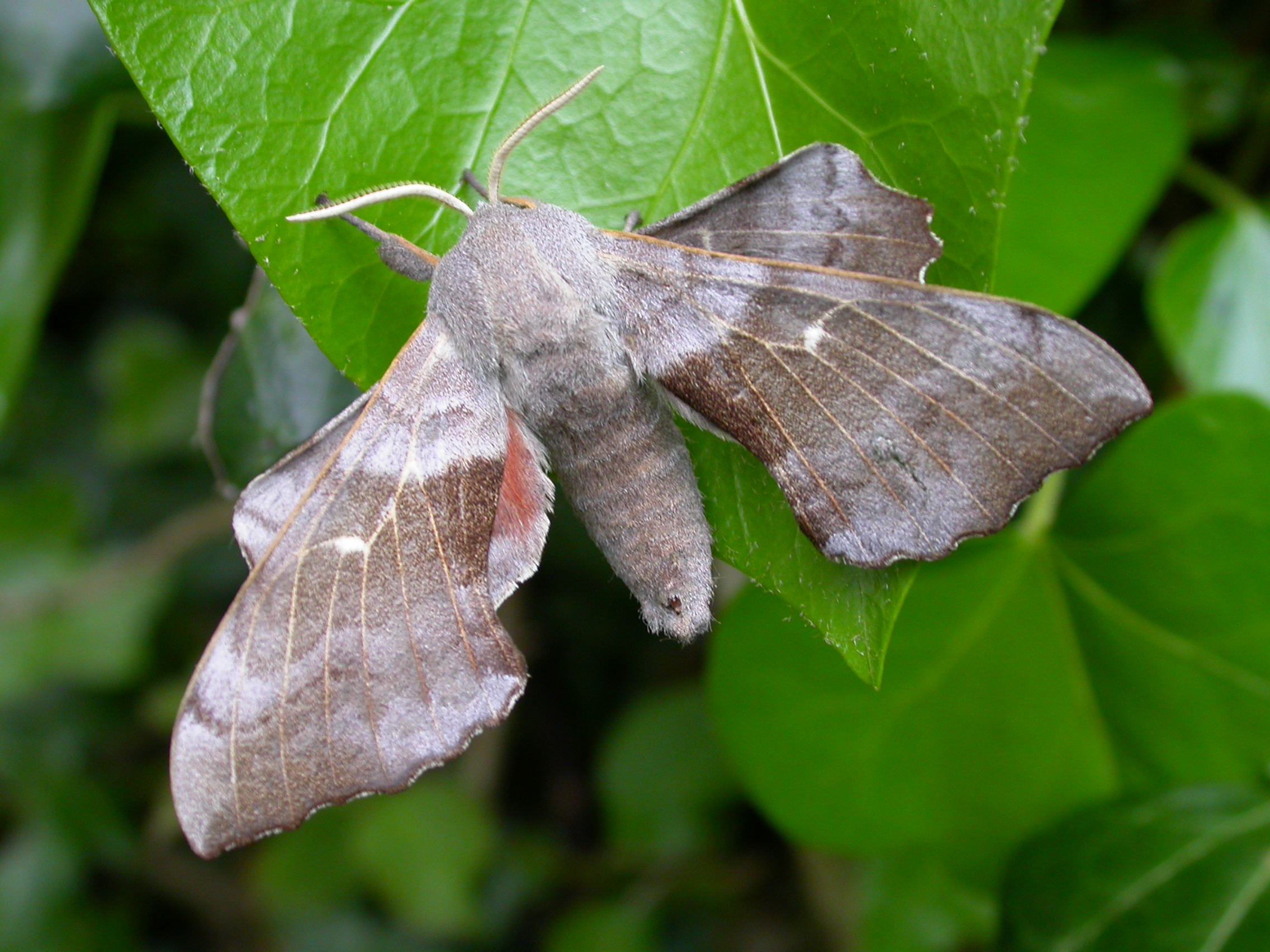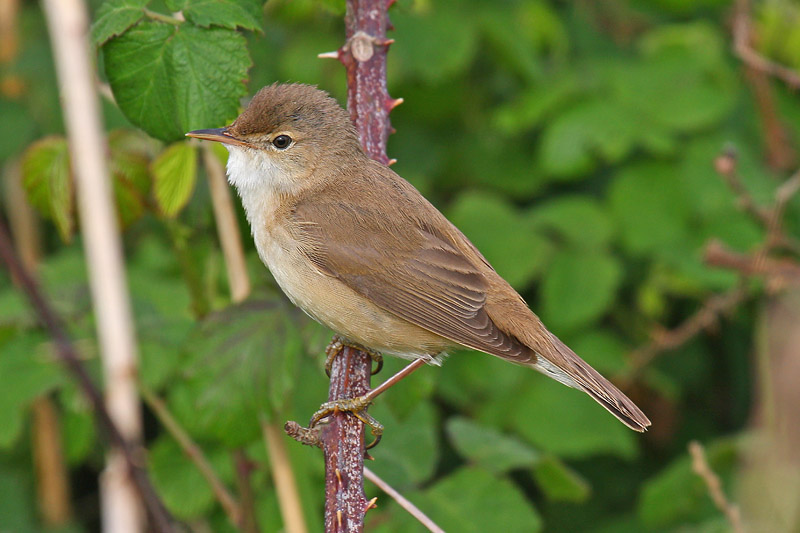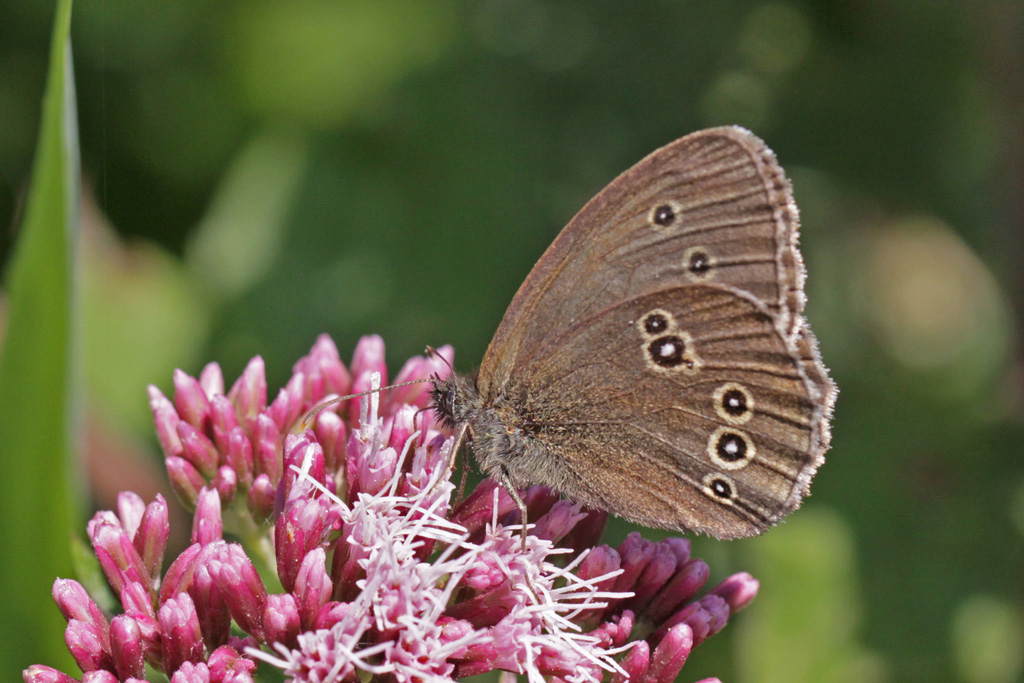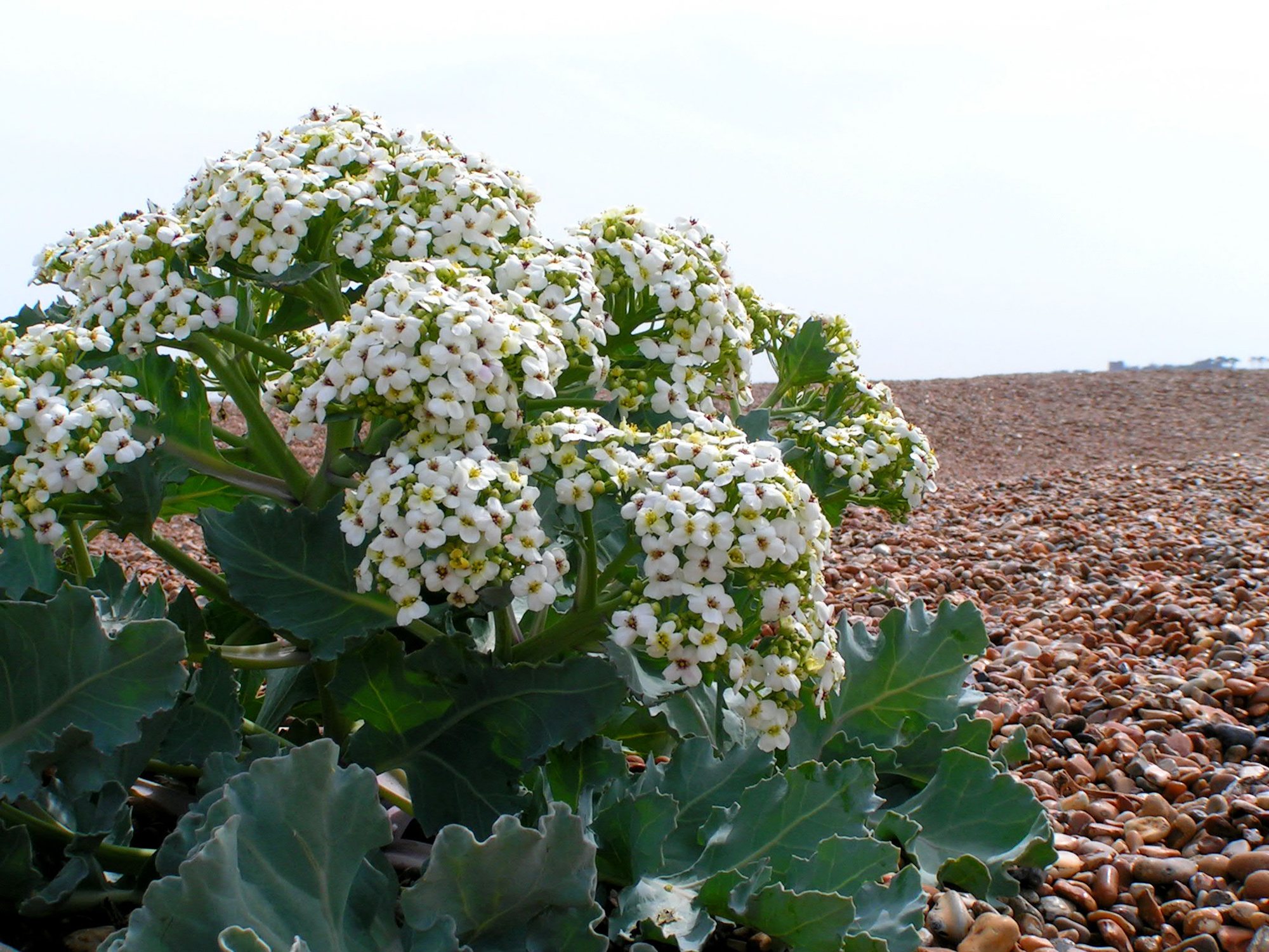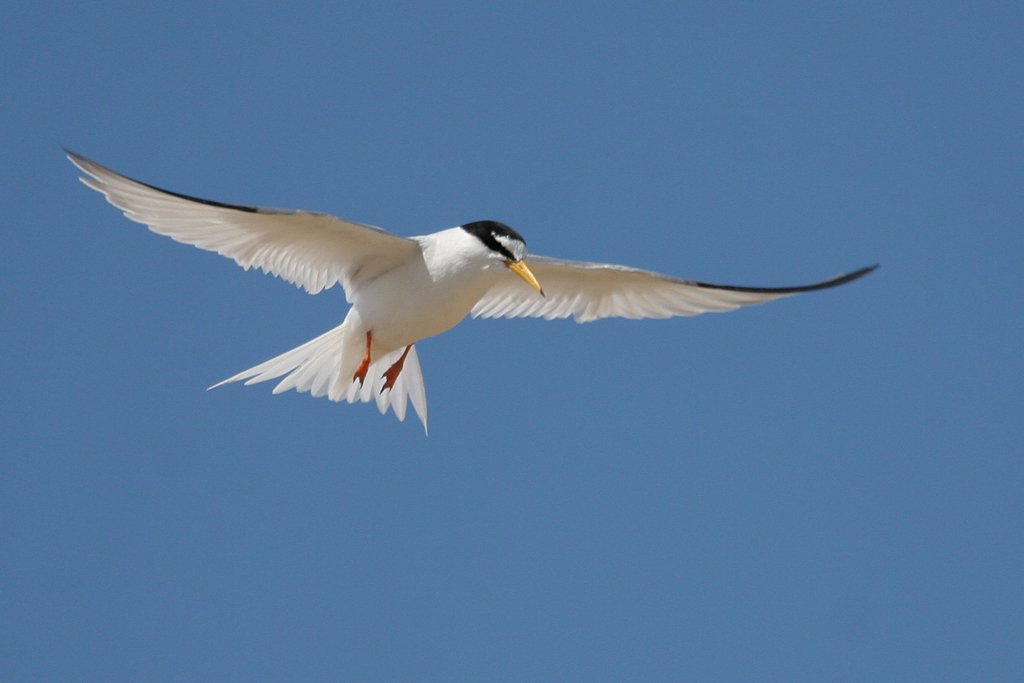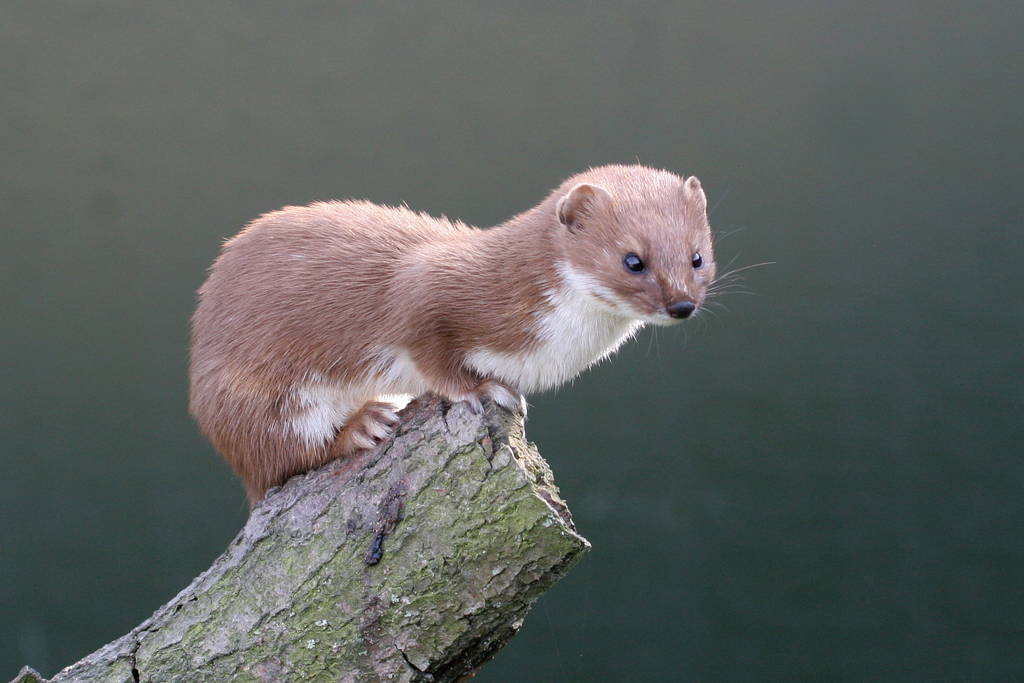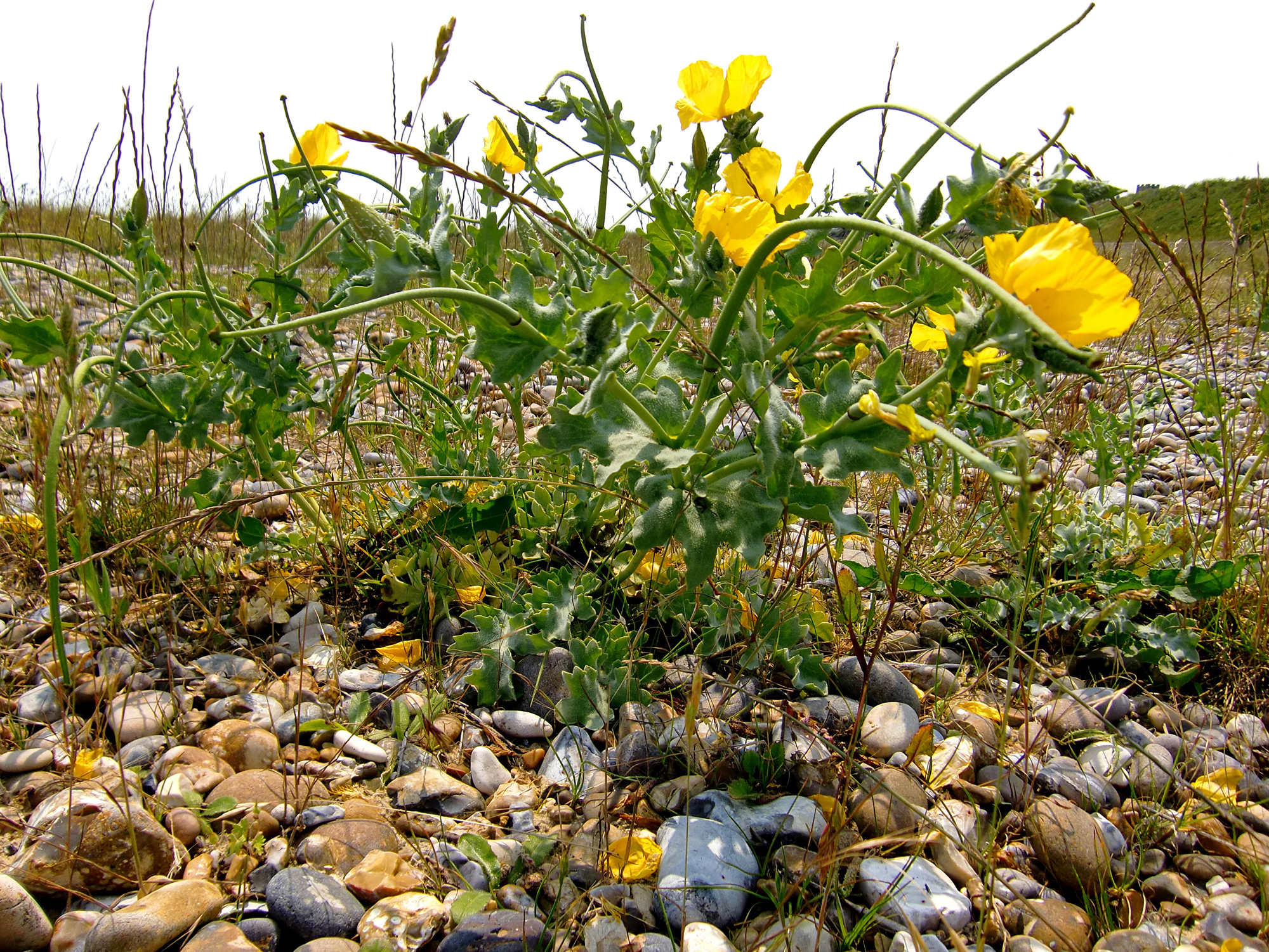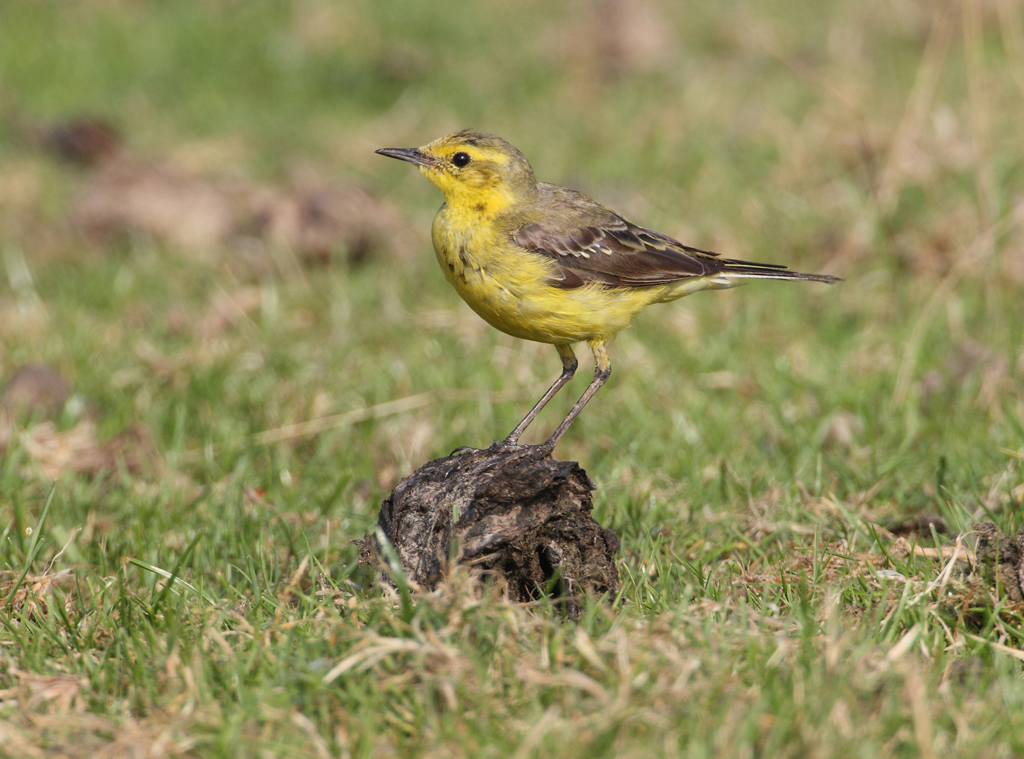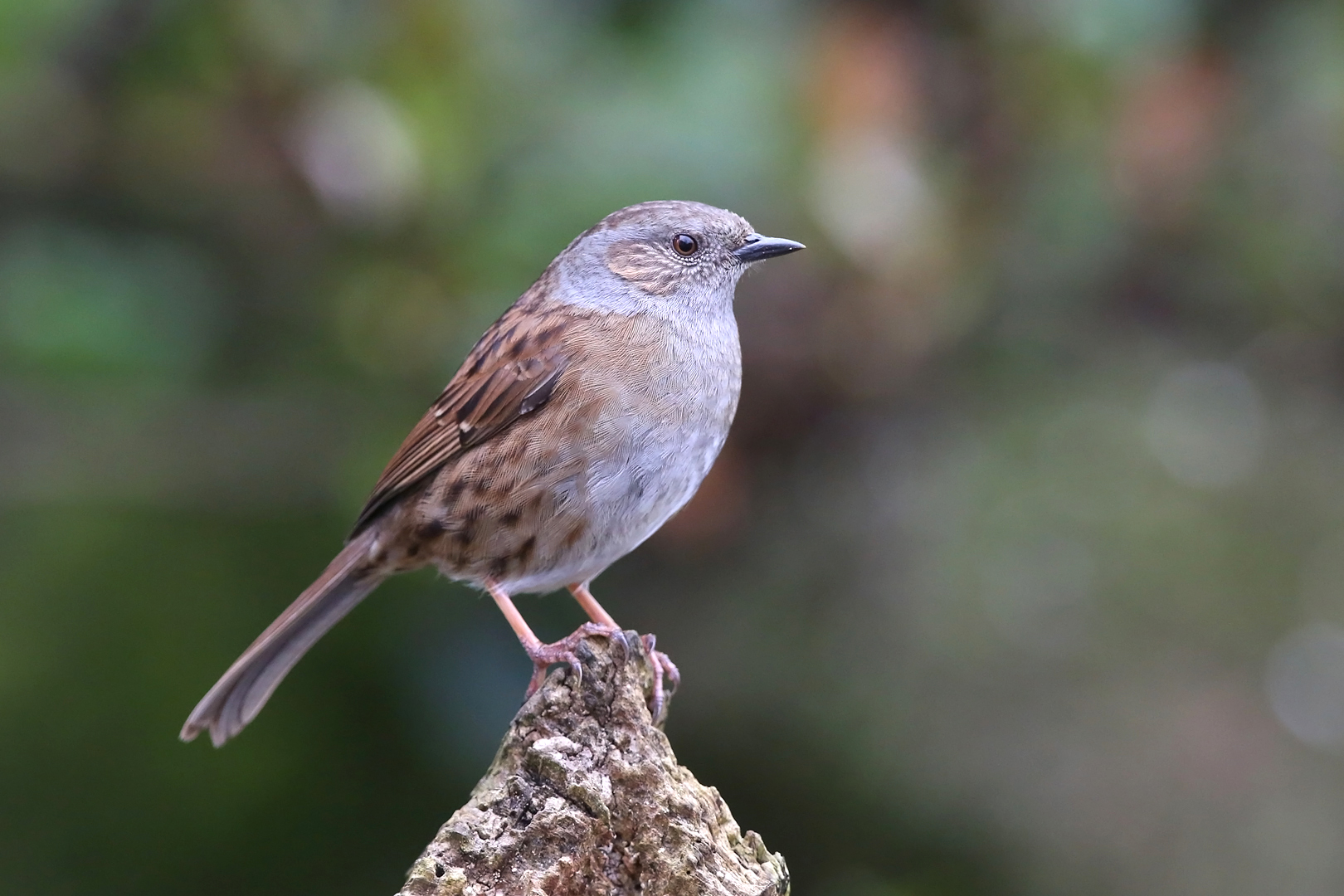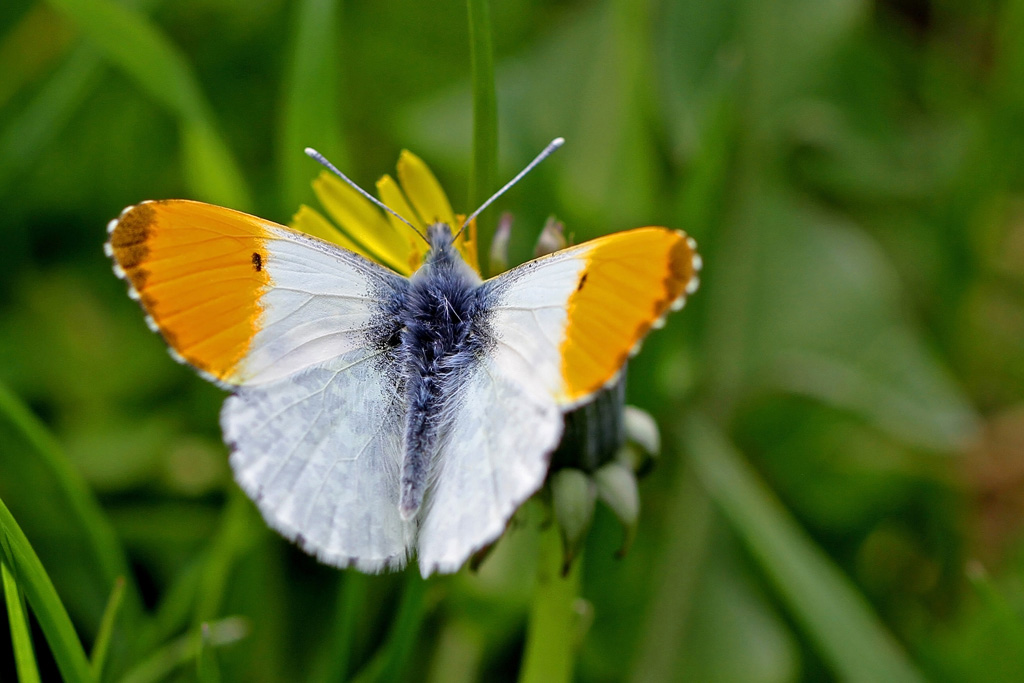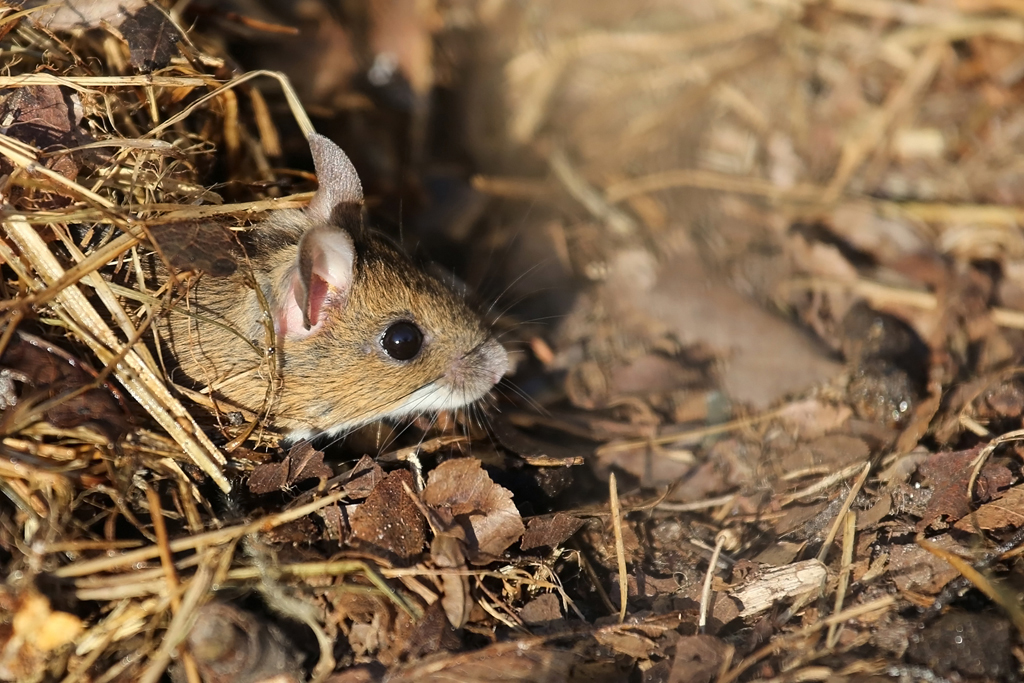Grass starts growing again at about 10°C (50°F) and you can track the movement of that isotherm across Europe from the Mediterranean to the Arctic, a green wave travelling north at about fifty kilometres a day, bringing with it a new season of light, warmth and growth – and a feeling of renewal. Surfing that green wave are our migrant birds, and none bears a greater freight of these associations than the swallow and the swift, arriving here from southern Africa, respectively in mid-April and in early May. I eagerly look out for them at their due dates every year, usually returning faithfully to exactly the same place at the same time. And I get a fizzing shot of adrenaline when I first see and hear them back again. I’m not alone. These two species have been among our traditional spring and summer markers for centuries, welcomed back each year with relief, as the poet Ted Hughes put it, ‘that the globe’s still working’.
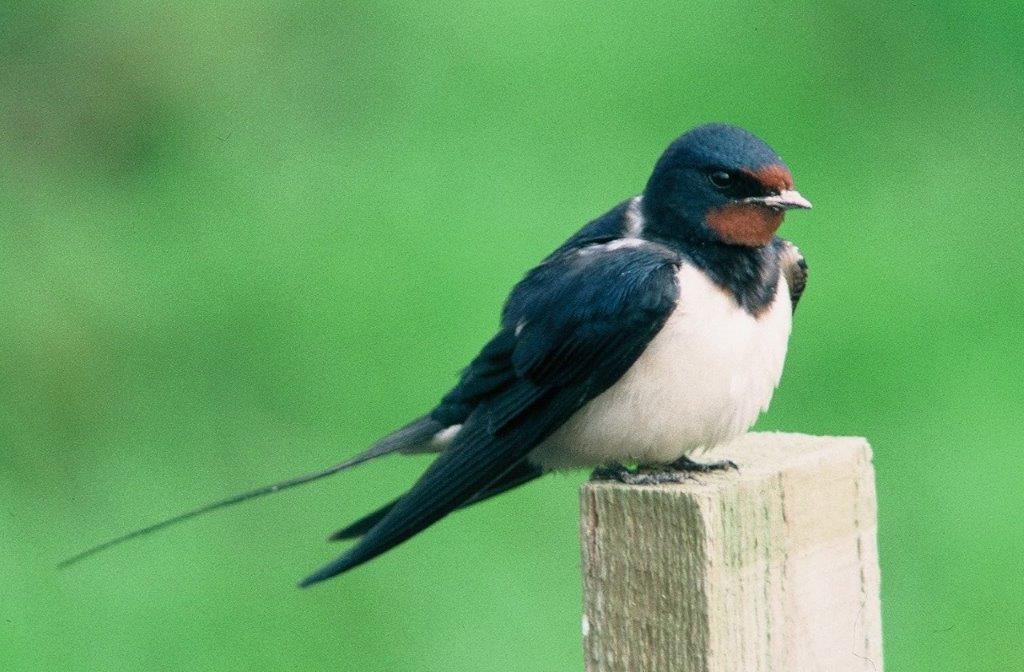
Swallows and swifts were the favourite birds of the eighteenth-century naturalist Gilbert White, who inspired a new tradition in nature writing in Britain. White was an obscure country curate who lived all his life in the same house in the equally obscure village of Selborne in Hampshire (population about the same as Hollesley). But his account of the daily changes to nature in his village through the seasons, The Natural History of Selborne (1789), became one of the most widely-read books in the English language, still in print today in multiple editions. Its attraction was precisely its parochial focus, stressing the richness of the local, the particular and the familiar – or at least what you thought was familiar until you really looked at it. He urged the importance of deepening one’s knowledge instead of just extending it: ‘Men that only undertake one district are much more likely to advance natural knowledge than those that grasp at more than they can possibly be acquainted with.’ Not in favour of eco-tourism, then!
White was an amateur in its literal sense and he touched a chord with thousands of ordinary people. He also attracted the admiration of such different figures as Charles Darwin, John Constable, William Wordsworth, George Eliot and Virginia Woolf, all of whom remark on the book’sapparently artless simplicity and charm. White had effectively invented a new literary genre and so became the patron saint of today’s many nature diarists. He also kept a daily journal and one of his most striking diary entries is an ecstatic two-word exclamation on 13 April 1768, greeting the first returning swallow to Selborne by its then scientific name:
‘Hirundo domestica !!!‘ (his exclamation marks).
Jeremy Mynott
April 2025




